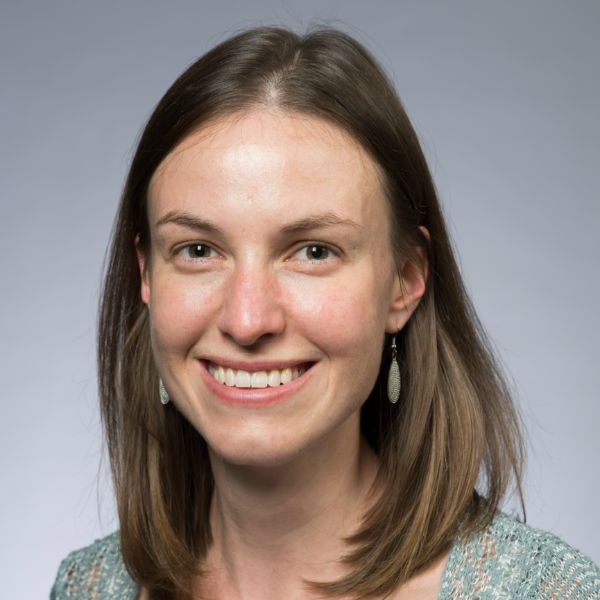
‘Selfish’ genetics amplify inflammation, age-related diseases
Research from Rochester biologists shows that a class of genomic parasites may cause more harm than previously thought, triggering inflammation that causes age-related diseases.
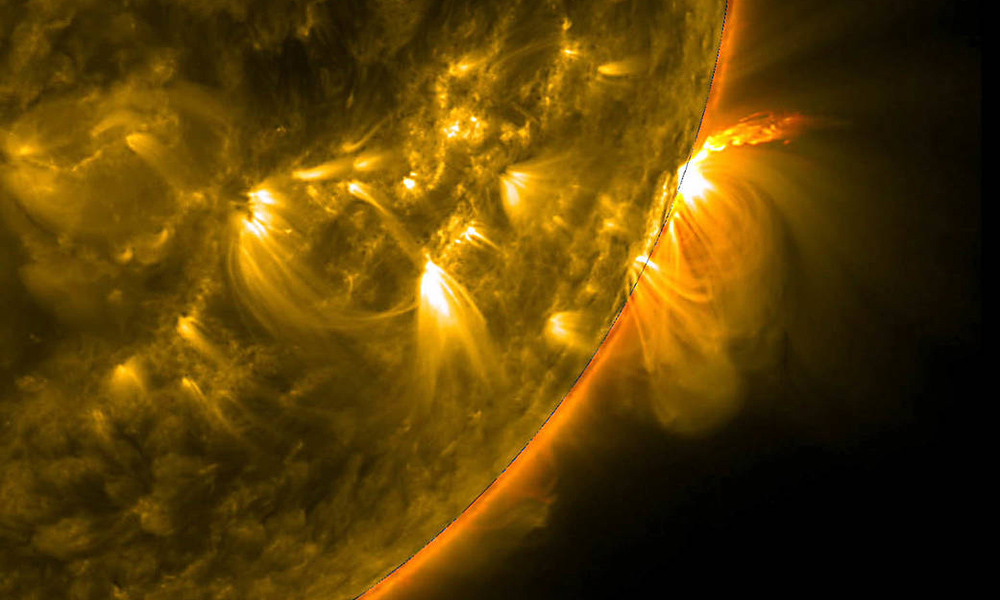
Researchers turn liquid metal into a plasma
For the first time, researchers at Rochester’s Laboratory for Laser Energetics (LLE) have found a way to turn a liquid metal into a plasma and to observe the temperature where a liquid under high-density conditions crosses over to a plasma state.
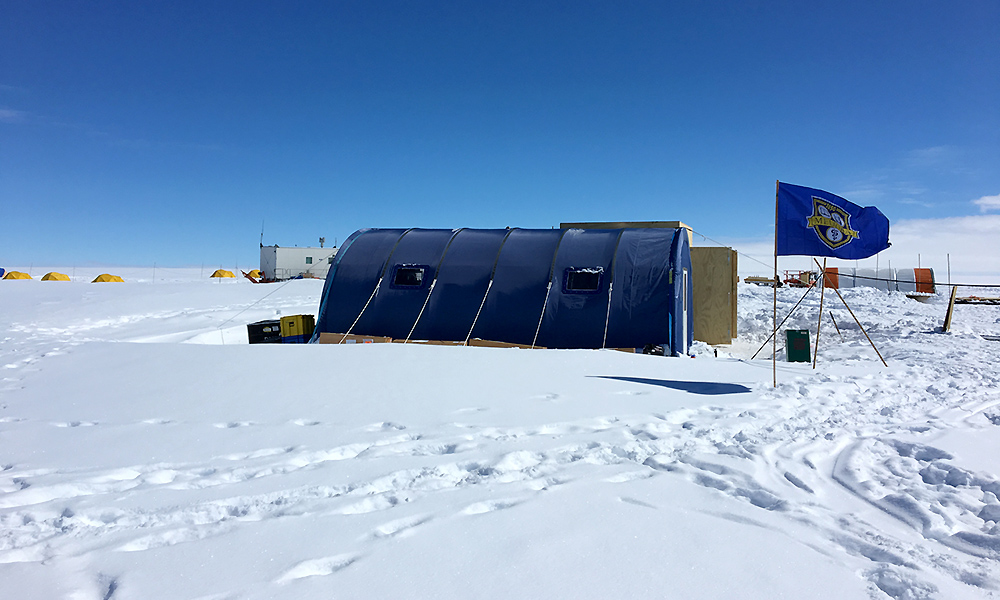
Unearthing climate clues buried in ice
The Meliora flag flies over the Law Dome research station in Antarctica, where Rochester scientists are battling some of the toughest field conditions ever in their effort to understand humans’ impact on climate.

Male Y chromosomes not ‘genetic wastelands’
The Y chromosome is one piece of the genetic puzzle that is notoriously difficult to sequence. Rochester biologists are finding new insights into the processes that shape the Y chromosome.
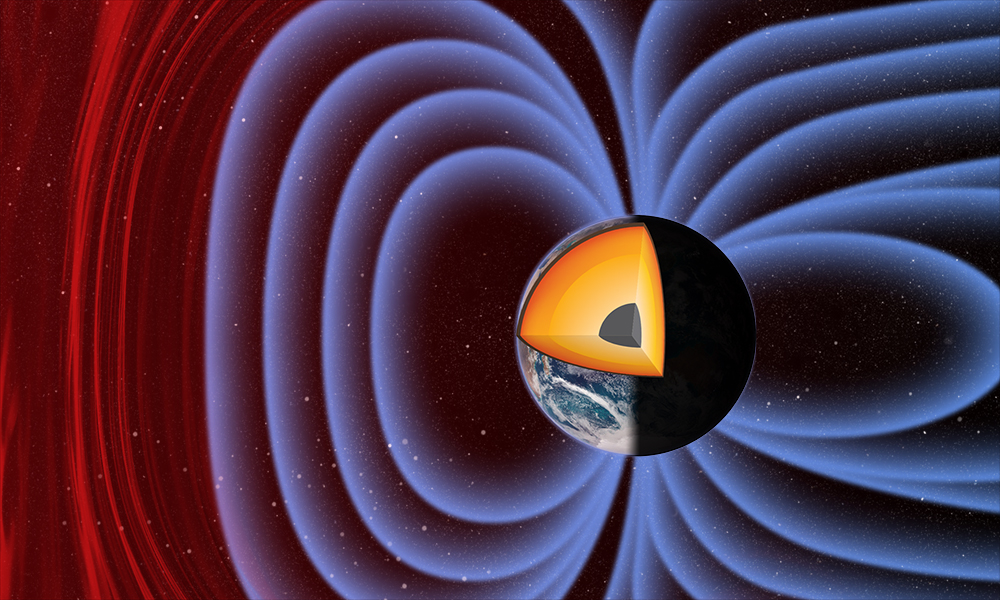
Earth’s inner core is much younger than we thought
Rochester researchers have gathered the first field data that show the Earth’s inner core is only about 565 million years old—relatively young compared to the age of our 4.5-billion-year-old planet.
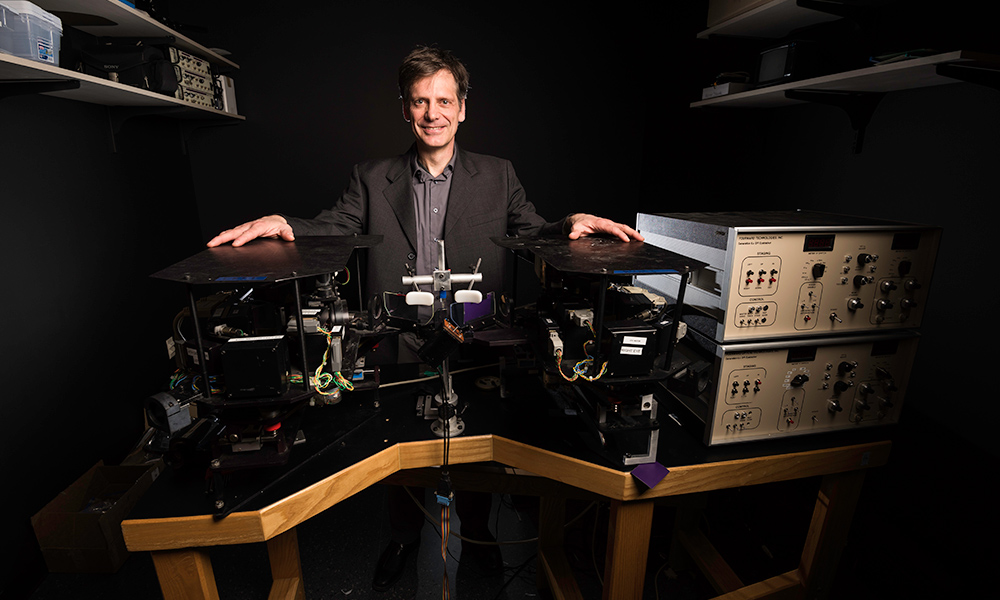
Microscopic eye movements affect how we see contrast
While the world may appear stable, our eyes are always jittering. Rochester research is showing how these eye movements, once thought to be inconsequential, are critical to our visual system.

What makes a species different?
New Rochester research points to the presence of “selfish genes,” whose flow among species may dictate whether two species converge or diverge.
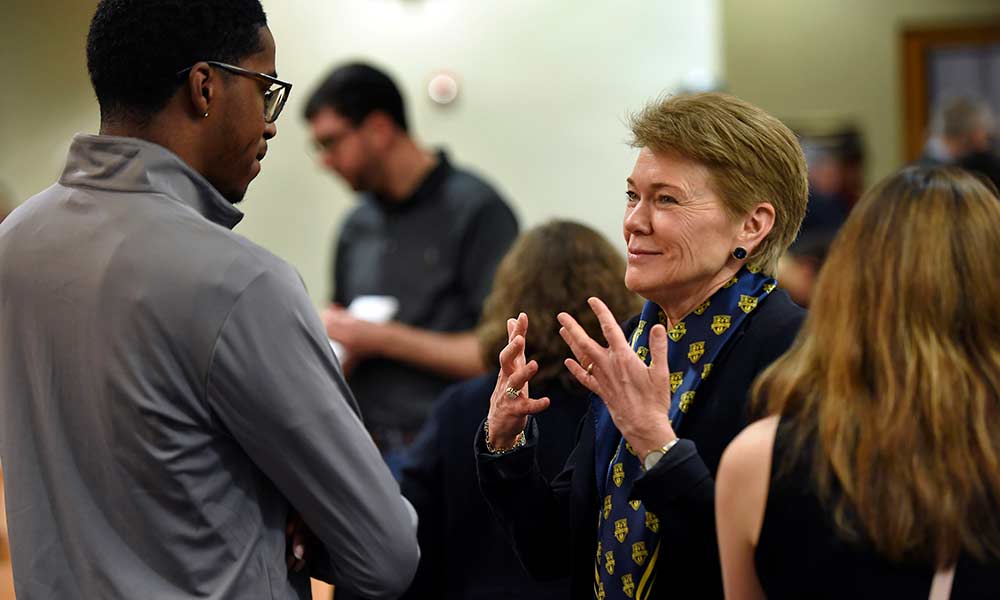
New president Sarah Mangelsdorf receives high praise from students, staff, faculty
From the beginning, the search for the University’s 11th president was designed to include the voices of as many constituencies as possible—from college students and staff members as well as from top faculty, administrators, and trustees.
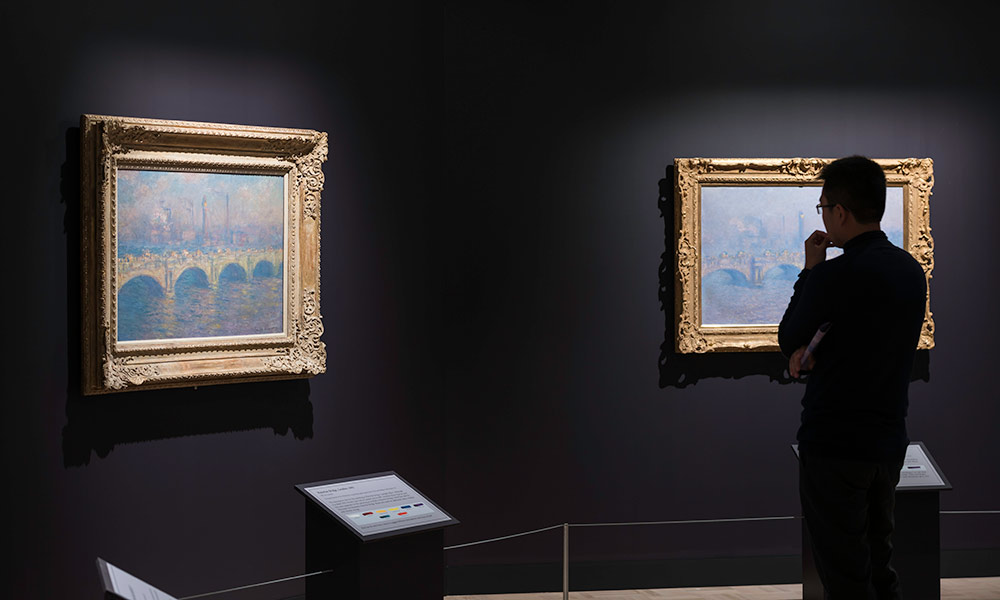
The science of seeing art and color
In each of more than 40 paintings of the same scene—London’s Waterloo Bridge—Impressionist artist Claude Monet manipulates viewer perception in a way that scientists at the time did not completely understand.
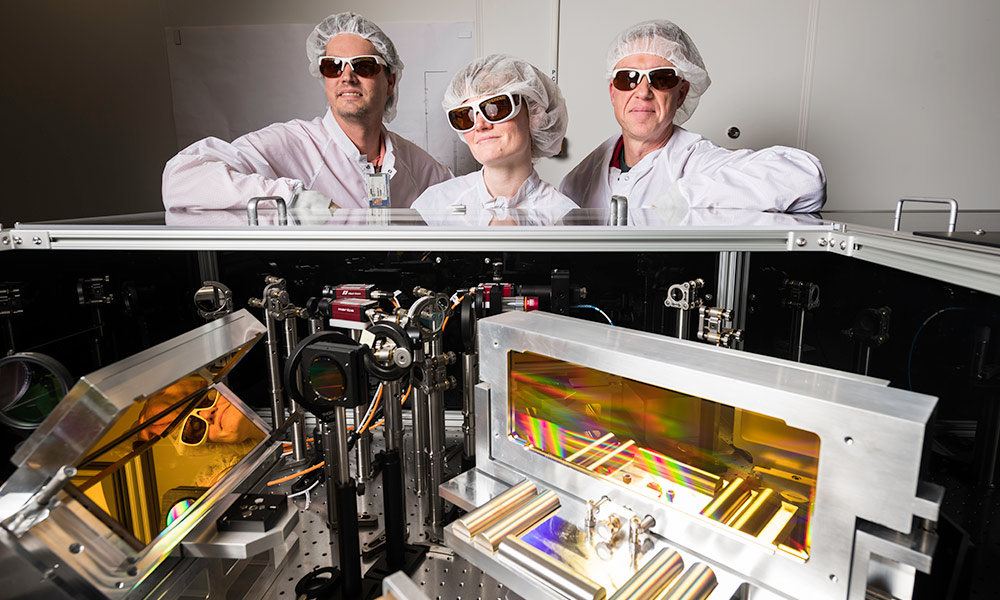
In the lab where it happened: Nobel science in pictures
Today’s Rochester researchers are taking science developed at the Laboratory for Laser Energetics to develop the next generation high-power lasers and to better understand the fundamentals of high-energy-density physics.

